What are the reasons for the popularity of floor tiles in building architecture?
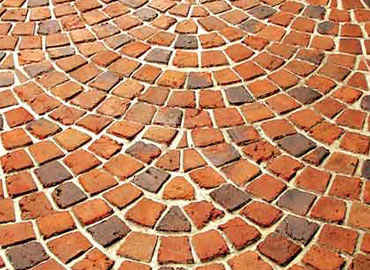
Introduction
In the world of architecture and interior design, choosing the right flooring material plays a crucial role in enhancing the beauty, durability, and functionality of a space. Among the many available options, brick flooring has retained its place from past to present. Combining authenticity, strength, and natural charm, brick flooring has become one of the most popular choices for both interior and exterior spaces.
1. Natural Beauty and Historical Authenticity
Brick flooring features warm tones and natural textures that bring a sense of authenticity and warmth to a space. This quality makes brick environments feel cozy, calm, and traditional while maintaining a modern appeal.
In Iranian architecture, the use of brick has always symbolized cultural and artistic identity. Therefore, using brick flooring not only enhances the aesthetic value but also creates a connection to Iran’s rich architectural heritage.
2. High Durability and Strength
One of the main reasons for the popularity of brick flooring is its exceptional resistance to pressure, abrasion, and environmental conditions.
Flooring bricks, especially fired or refractory types, are highly resistant to moisture, heat, cold, and even chemicals.
As a result, they are commonly used in outdoor areas such as courtyards, walkways, terraces, gardens, and even parking floors.
3. Easy Maintenance and Long Lifespan
Brick flooring requires minimal maintenance. Cleaning it with water or common detergents is simple, and if any part is damaged, it can be replaced without affecting the overall appearance of the space.
Compared to many synthetic floor coverings, brick flooring has a much longer lifespan and, when properly maintained, can last for decades.
4. Environmental Compatibility
Brick is made from natural and renewable materials such as clay. Its production process—especially in traditional or optimized industrial methods—generates relatively low pollution.
For this reason, brick flooring is considered an environmentally friendly choice in sustainable design.
5. Variety in Design and Color
Contrary to popular belief, brick flooring is not limited to dark red tones. Today, with variations in clay composition and firing techniques, bricks are produced in a wide range of colors including brown, orange, earthy, yellow, and even black.
They can also be arranged in diverse geometric patterns such as basketweave, herringbone, square, or circular layouts, adding to the visual appeal of the space.
6. Compatibility with Different Architectural Styles
Brick flooring easily harmonizes with various architectural styles. In traditional designs, it evokes a nostalgic and authentic feel, while in modern spaces, it creates an attractive contrast between natural and industrial materials.
Thus, architects use brick flooring in both rustic country homes and contemporary urban settings.
7. Thermal Efficiency
Due to its high thermal mass, brick can store heat and gradually release it, helping maintain temperature balance within a building. In winter, the floor remains warm longer, and in summer, it transmits less heat—thereby improving overall energy efficiency.
Conclusion
By blending traditional beauty, high durability, environmental sustainability, and design flexibility, brick flooring has become a favored material in contemporary architecture. Whether in the courtyard of a traditional Iranian home or the floor of a modern gallery, brick flooring brings warmth, authenticity, and distinctive character to any space.


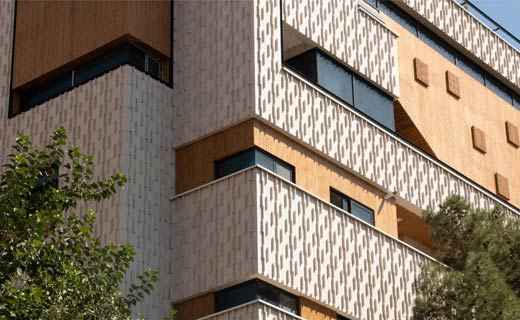
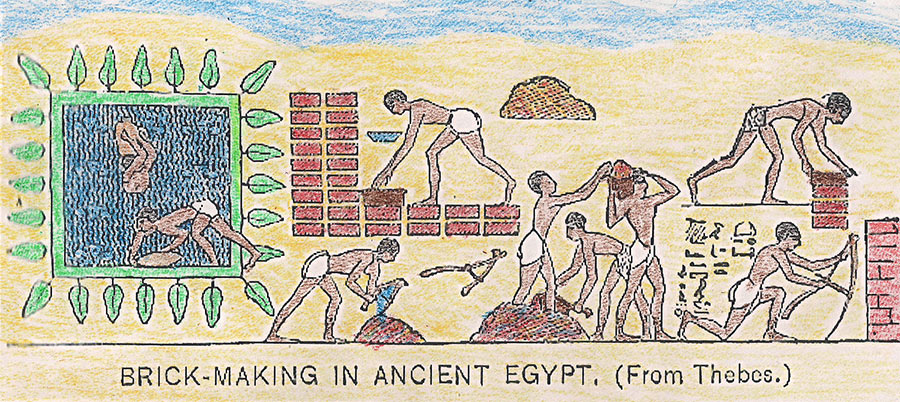
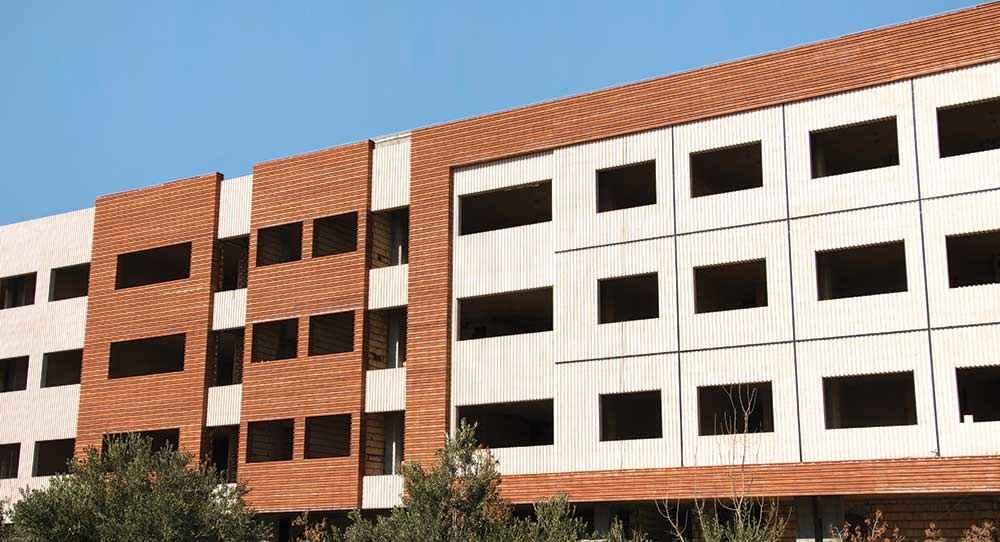
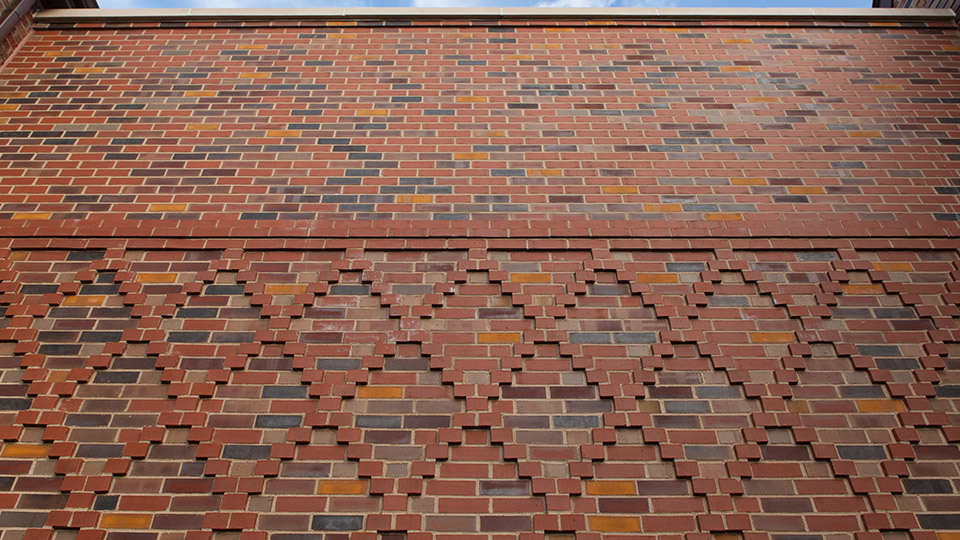
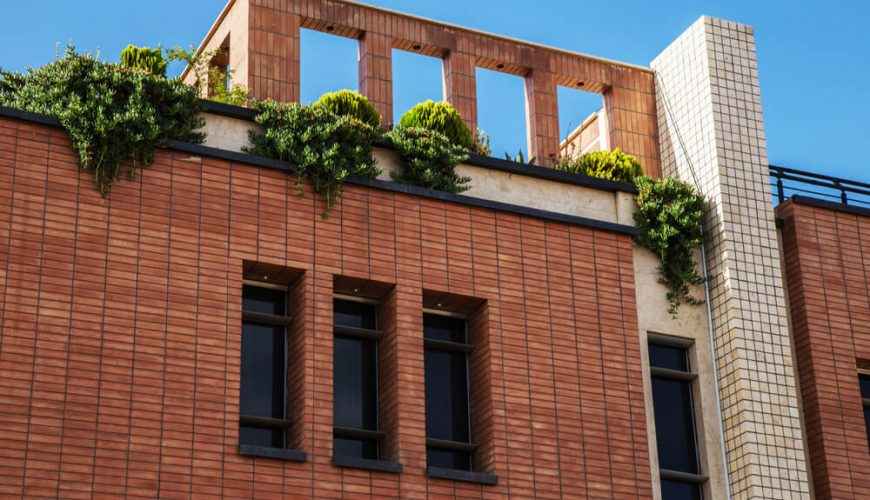
Comments
Your Comments
Comments